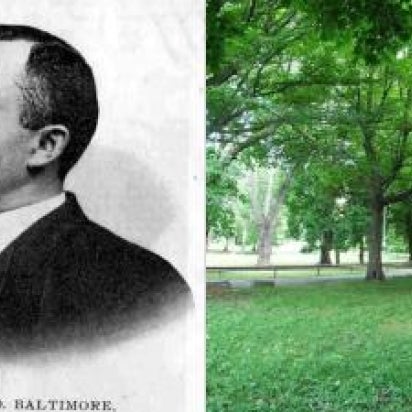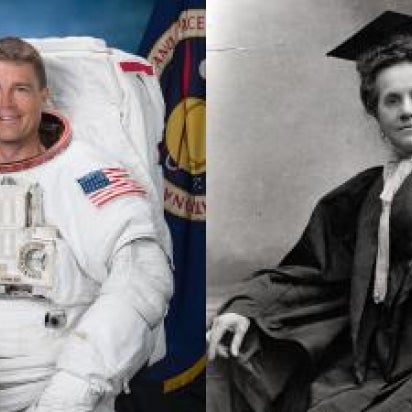RPI's Department of Civil and Environmental Engineering prepares students to provide for the world's constructed facilities and the infrastructure on which modern civilization depends.
RPI civil and environmental engineers develop a full range of skills in design, analysis, fabrication, communication, management, and teamwork. RPI's civil and environmental engineering students are broadly trained and able to deal with the latest technologies. The growing panoply of sensors, instrumentation, intelligent facilities, and new materials highlights the high-tech character of the discipline, creating new educational challenges and redefining the skill set that civil and environmental engineers need to succeed.
Civil Engineering at RPI has a long and distinguished history that dates back to 1835, when the Institute became the first U.S. school to issue a Civil Engineering degree. Early graduates include Washington Roebling, the famed builder of the Brooklyn Bridge, and George Ferris, the designer of the Ferris Wheel; more than 175 years later, RPI's civil and environmental engineers continue to be found at all levels in both private and public sectors throughout the world.
Environmental Engineering at RPI has roots that date back to the late 1800s, with a full degree program in Environmental Engineering introduced in the mid-1950s.
 Chloe Sharp Named 2025 Goldwater Scholar
Chloe Sharp Named 2025 Goldwater Scholar
 Honoring a Trailblazer: The Garnet Baltimore Historical Marker Unveiling and Reception
Honoring a Trailblazer: The Garnet Baltimore Historical Marker Unveiling and Reception
 RPI Researchers Aim to Manufacture mRNA More Affordably
RPI Researchers Aim to Manufacture mRNA More Affordably
 Rensselaer Polytechnic Institute Announces Reid Wiseman as Bicentennial Commencement Speaker and Will Award Its First Posthumous Honorary Degree to Emily Warren Roebling
Rensselaer Polytechnic Institute Announces Reid Wiseman as Bicentennial Commencement Speaker and Will Award Its First Posthumous Honorary Degree to Emily Warren Roebling


